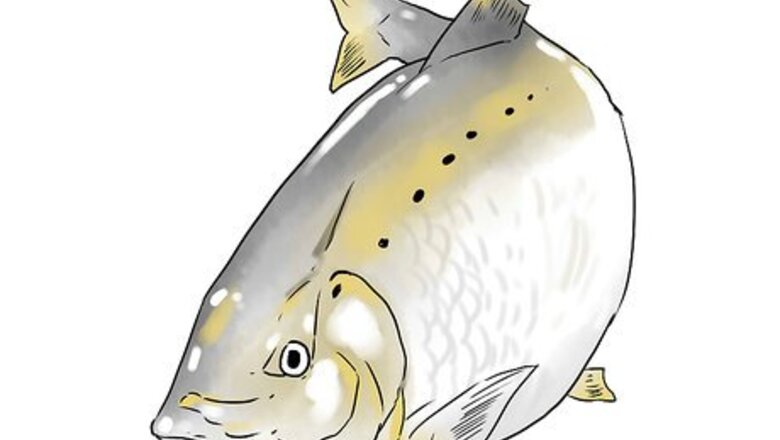
views
Finding Shad
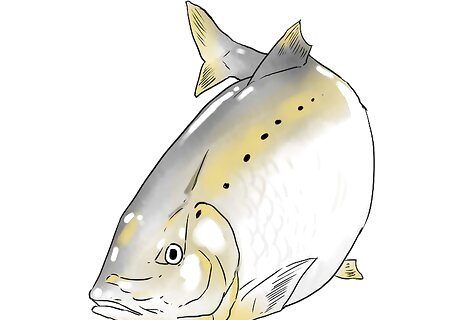
Fish for shad in coastal rivers. Shad divide their time between the sea and coastal rivers, where they travel in spring in order to spawn. They can travel hundreds of miles upstream during a season, and are nicknamed "poor man's salmon." Unlike salmon, however, most shad don't die after they spawn. In the Western US, the Colombia and Sacramento rivers are the best places to fish shad. In the Eastern US, the best place to find shad is in the Connecticut river. However, shad can be found in rivers as far south as Florida.
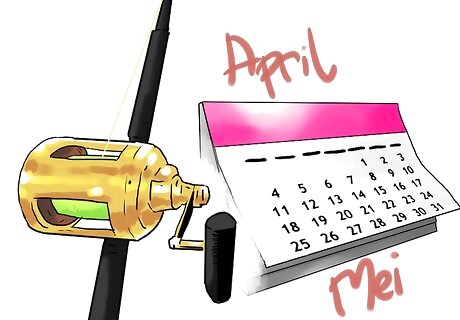
Fish in the spring and summer. Shad spend their autumns and winters in the ocean, so the best time to fish them is during the spring and summer, when they return to the rivers for much easier access. Most people begin fishing shad in April and May.
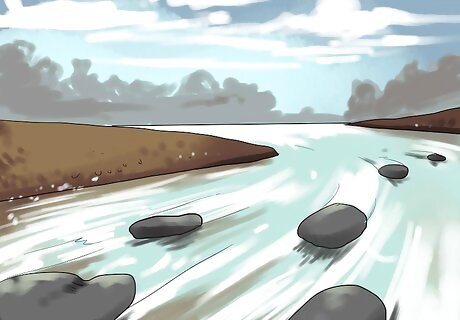
Fish where's there's a strong current. You want to face the current so you can catch the fish as they swim upstream. They'll move toward the shore, where there's less drag from the current. Look for areas where there's a bend in the river, since the current is faster there and will tend to propel the fish toward the shore. Shad often congregate just below rocks and islands, and where water flows from fast to slow. You can often find them behind cover that creates a break in the current.
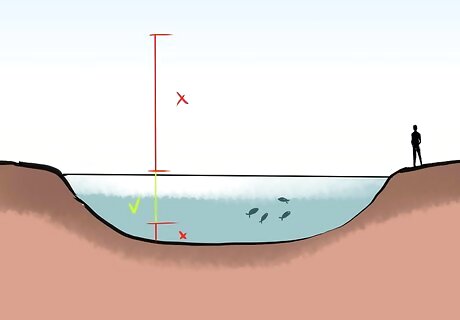
Fish in waters between 4 and 10 feet (1.2 and 3.0 m) deep. It's easiest to catch shad in places where the water is no more than 10 feet (3.0 m) deep, and no less than 4 feet (1.2 m) deep. Check out the fishing guides for the river you plan to fish to find out where you should set up shop.
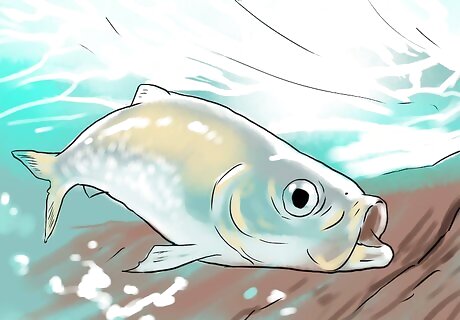
Fish within 30 feet (9.1 m) of the bank. Since fish tend to hug the shore in an effort to avoid the current as they swim upstream, you're much more likely to catch them if you cast within 30 feet (9.1 m) of the bank. Depending on where you're fishing, you might want to anchor a small boat to give you more casting freedom.
Choosing Gear
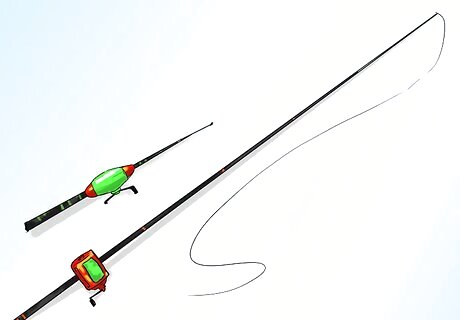
Get a lightweight rod and line. Fishing shad does not require a heavy rod. Go for a long, lightweight spinning or fly rod in fiberglass. Use the lightest line you can find for the size fish available in your region.
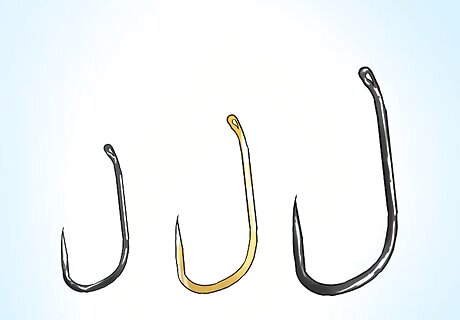
Use barbless hooks. This will make it easier to release other fish that you're not aiming to catch. Silver or gold size 1 or 2 works are sufficient for shad.
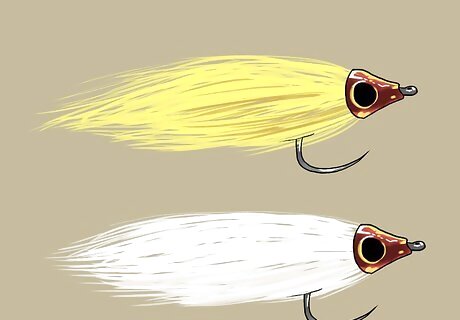
Use the right bait and lures. To catch larger, heavier shad you'll need to individually attract them with the right bait and lures. Switch them out to experiment with what works well with the fish in your area. Flies in white or yellow with red heads are popular. Beads should be used in the colder water to entice and attract the deeper shad. Cast from upstream, allowing the beads to slowly float towards the shad making them appear alive. Just be sure to include enough weight that the beads will bounce off the bottom. Darts should be used when fishing in deeper cooler water. They will sink further and faster than a fly. Spinners should be used when fishing from shore, floating from upstream to downstream. Spoons work most efficiently at about mid-level water. Use these when fishing from a boat, casting out. and then reeling in at a medium speed.
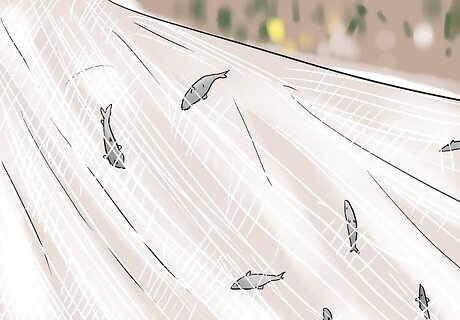
Use a net if you want to catch smaller fish to use as bait. Your casting net needs the correct mesh for the shad you are catching. Smaller shad will fall through the larger mesh holes. A typical shad casting net is 7 ft (2.1 m) in circumference, weighing ⁄2 pound (230 g) with ⁄2 inch (1.3 cm) mesh. Prepare the net to make it easier to throw and more effective by soaking it overnight in a washing machine or tub with hot water and fabric softener. Then lay it outside in the sun for a day. Once dry, the net will be more flexible and easier to use.
Using Effective Techniques
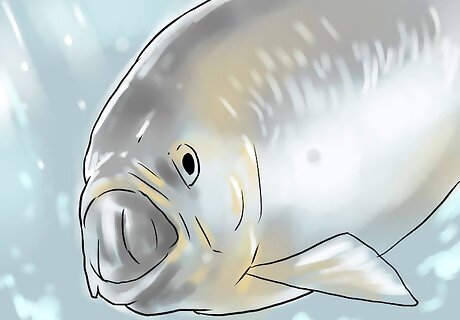
Learn their patterns. Shads' location in the water varies with the weather patterns. During the spring and summer, search for shad in the early evening or right before daylight (though you can catch them at any time of day). In the evenings, shad can be found in the warmer water towards the back of a cove or creek. During mornings or after dark, shad can be found around sources of light. In the fall, you will need to plan more around the cold weather patterns. The colder currents will push the shad out of the creeks and coves to the deeper water, making them more difficult to catch.
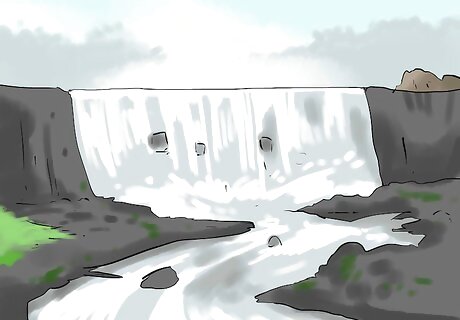
Cast upstream. The best way to fish shad is to cast upstream and let your line float downstream a bit with the current. Your lead should lightly flick the bottom, but it shouldn't sink so far it gets stuck. With luck, it'll cross the path of a school of shad. Make sure you're casting within 30 feet (9.1 m) of the shore, and try for a spot where the fast current meets slower waters.
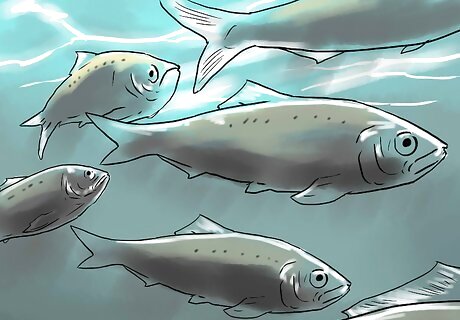
Try to find the line. Shad travel in single file lines, rather than in big groups. That means it's easy to go home empty handed after a day of fishing in the wrong spot and missing the line of shad by just a few feet or even inches. Don't give up too easily if your first few castings don't field a bite.
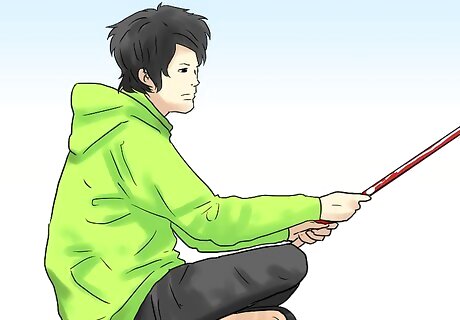
Cast in the same place more than once. When you do find that line, keep fishing it. Where there's one shad, there are bound to be more. Shad fishing's popularity is due in part to a fisherman's ability to go home with a cooler brimming with fresh fish at the end of the day; all you've got to do is find that line, and you're set.














Comments
0 comment